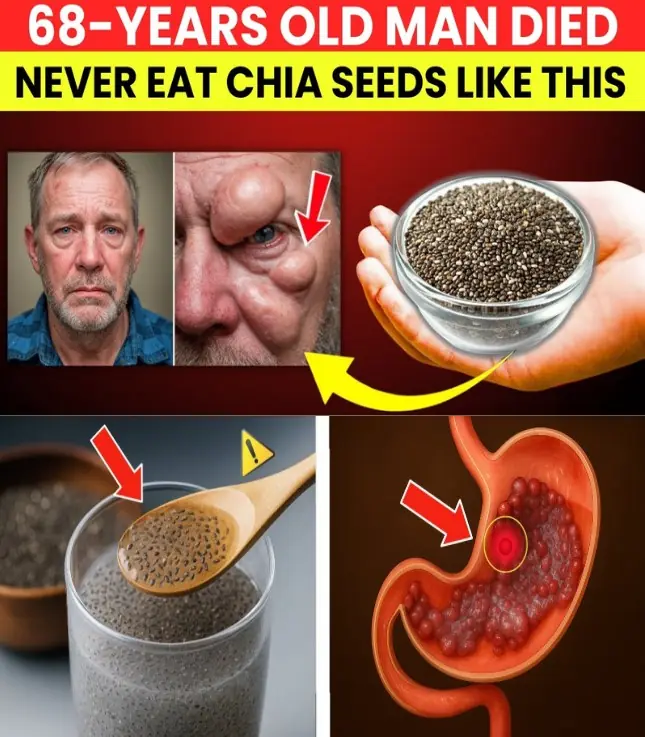
Amazon Rainforest Fungus That Eats Plastic: A Real Discovery With Real Limits
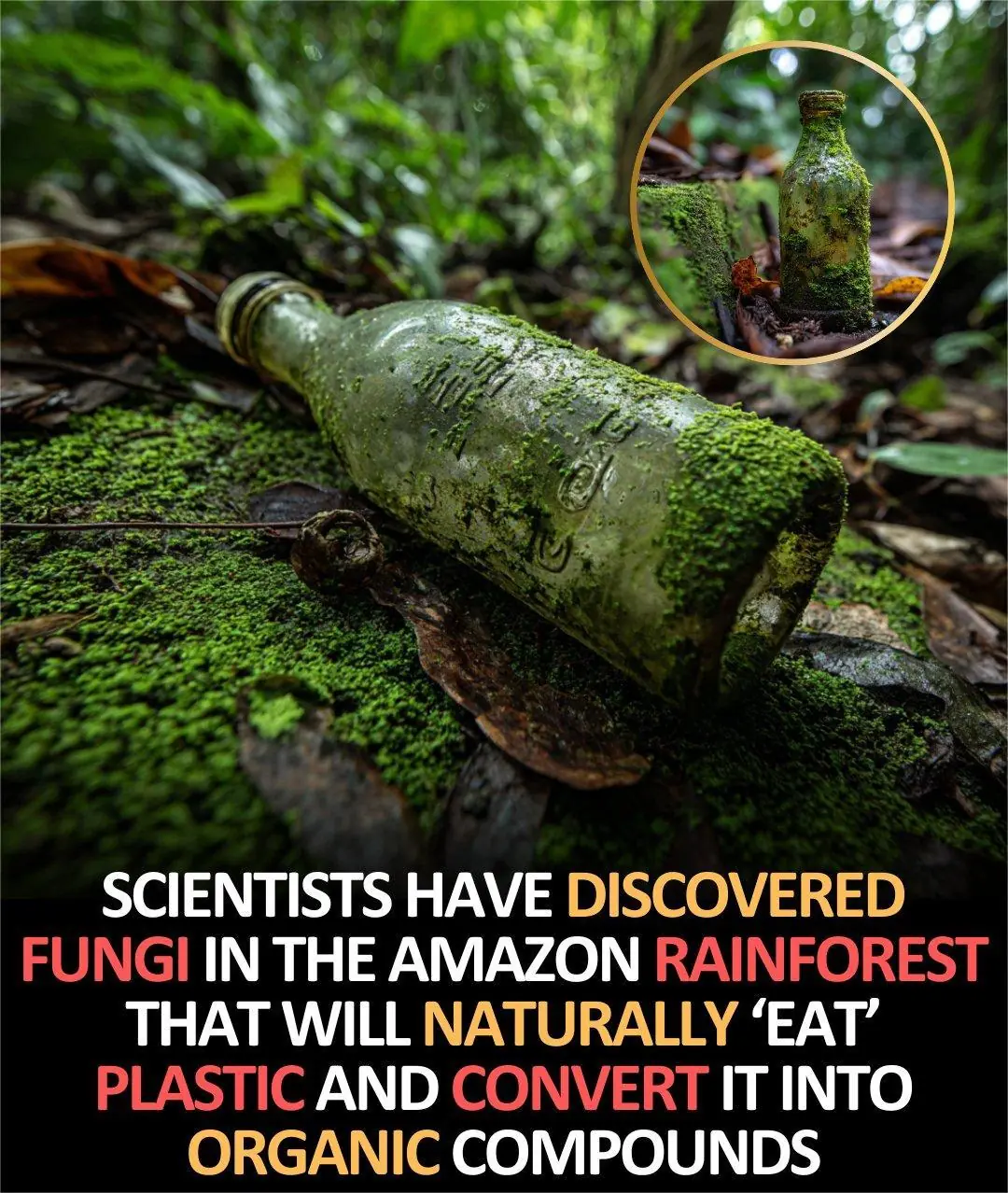
Deep within the lush greenery of the Amazon rainforest, scientists uncovered a fascinating natural phenomenon that could one day help tackle one of the planet’s biggest problems: plastic waste. In 2011, a team of Yale University researchers discovered a species of fungus, Pestalotiopsis microspora, capable of breaking down polyurethane — a common type of plastic used in foams, coatings, and adhesives.
A Unique Fungus With a Remarkable Ability
What makes this discovery extraordinary is that Pestalotiopsis microspora can survive by using plastic as its sole food source, even in oxygen-free (anaerobic) environments like landfills. The fungus produces special enzymes that break the strong chemical bonds in polyurethane, converting them into smaller compounds it can absorb and use for energy.
While the phrase “fungus that eats plastic” sounds dramatic, it’s not literal. The process involves enzymatic degradation, where the fungus slowly digests long polymer chains into simpler molecules. These molecules can then be metabolized into organic compounds, much like how composting breaks down organic waste — only much slower and on a molecular level.
Hope and Caution in Equal Measure
This discovery sparked excitement in environmental science, offering hope that nature itself might provide a tool to combat the plastic pollution crisis. However, there are important limitations.
-
The fungus works best on polyurethane, not all types of plastic.
-
The process is slow and difficult to scale outside laboratory conditions.
-
Complete conversion into harmless organic material is not always achieved — sometimes only partial breakdown occurs.
Even so, the Amazon fungus remains one of the first known organisms capable of surviving purely on synthetic materials. It inspired scientists to search for other plastic-degrading fungi and bacteria around the world — from soil and compost heaps to marine environments.
Nature’s Blueprint for the Future
The discovery of Pestalotiopsis microspora reminds us that nature often holds solutions to human-made problems — if we take the time to look. Researchers are now studying its enzymes to create biotechnological tools that could one day transform plastic waste into reusable resources.
While it’s not yet the miracle cure for plastic pollution, this Amazonian fungus gives scientists a vital clue: even the toughest human inventions may not be beyond nature’s ability to heal.
News in the same category


Europe to Replace Passport Stamps with Biometric Entry/Exit System Starting October 12, 2025

The Science Behind Why Putting Something Cold Under Your Arms Can Calm You Down

What it means when your partner turns away after making love
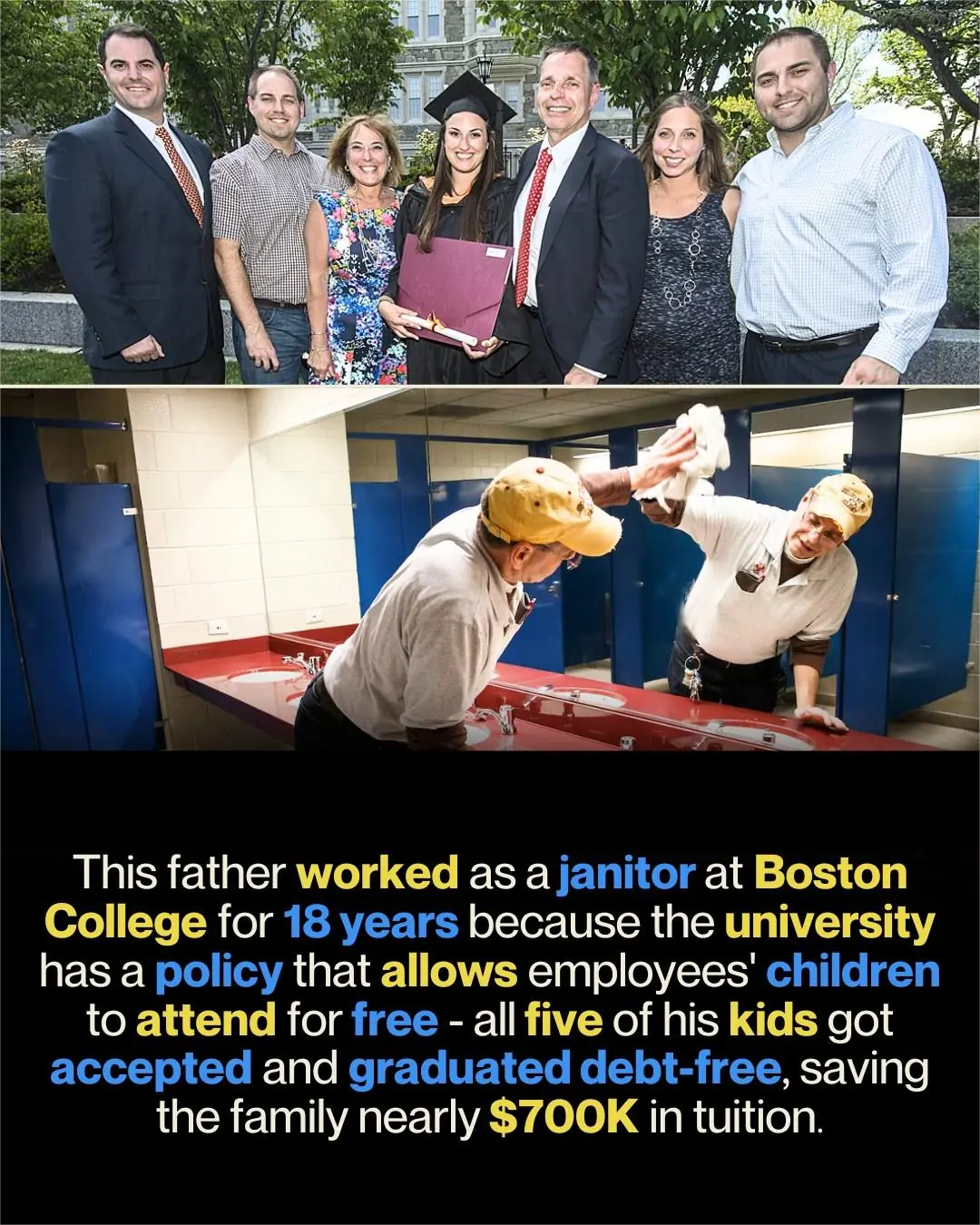
The Janitor Who Sent Five Children to College: A Father’s 18-Year Lesson in Sacrifice

Miss Universe Thailand’s Soda-Tab Gown: A Shining Tribute to Her Parents

China Develops Record-Breaking Super Camera Capable of Seeing Details 62 Miles Away

Japan’s Hybrid Coastal Defense: Engineering and Nature Working Together

Man in a Giant Dachshund Costume Steals Hearts Walking His Pet
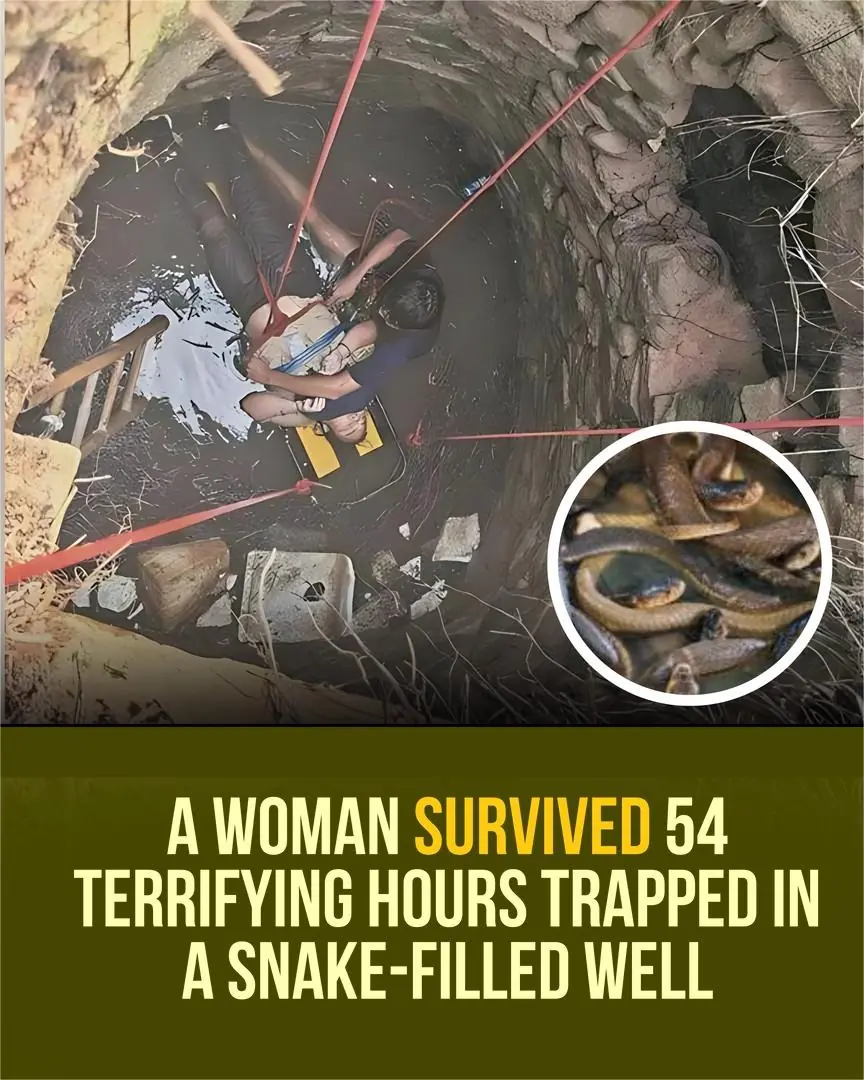
Trapped in Darkness: How a Chinese Woman Survived 54 Hours in a Snake-Filled Well

The High Price of a Status Symbol: How a Teen’s Kidney-for-iPhone Deal Became a Cautionary Tale

❄️ Brave 11-Year-Old and Her Loyal Dog Save a Mother Goat and Newborn Kid in the Snow

A Young Man’s Act of Kindness Gives an Elderly Neighbor Comfort in Her Final Days

Running Through Grief — A Father’s Marathon of Love and Memory
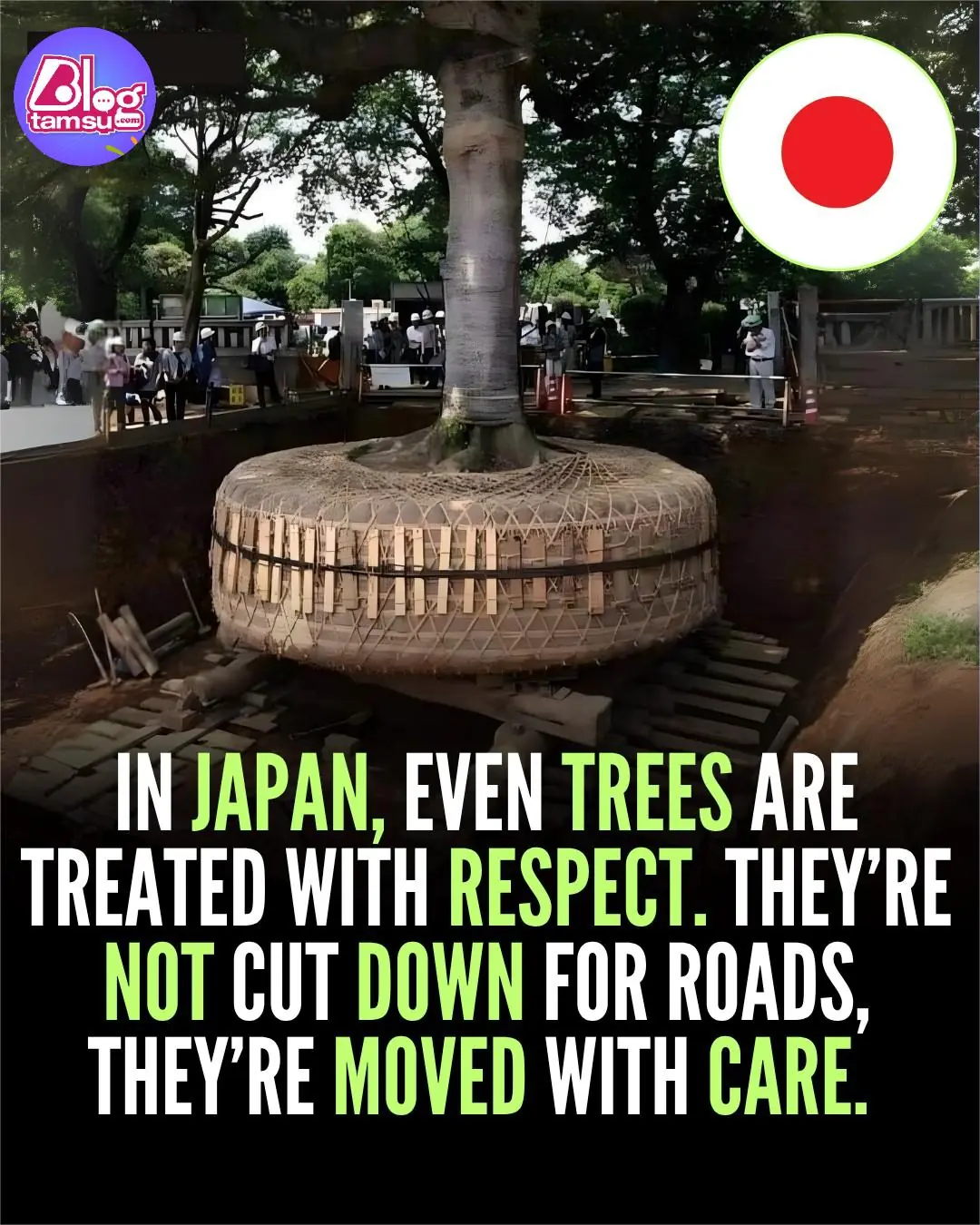
Japan’s Gentle Way of Making Space — Moving Trees Instead of Cutting Them Down

The Moon and Saturn Meet — October 5

Pick A Bread To See What Kind Of Woman You Are

Zeus the Blind Owl — A Tiny Survivor With a Universe in His Eyes

Uber Will Soon Let You Book Helicopter Rides — A New Era of Urban Travel
News Post

When a Woman Stops Loving: Recognizing the Signs and Taking Care of Yourself

The Romantic Rituals of Seahorses: A Morning Dance of Devotion
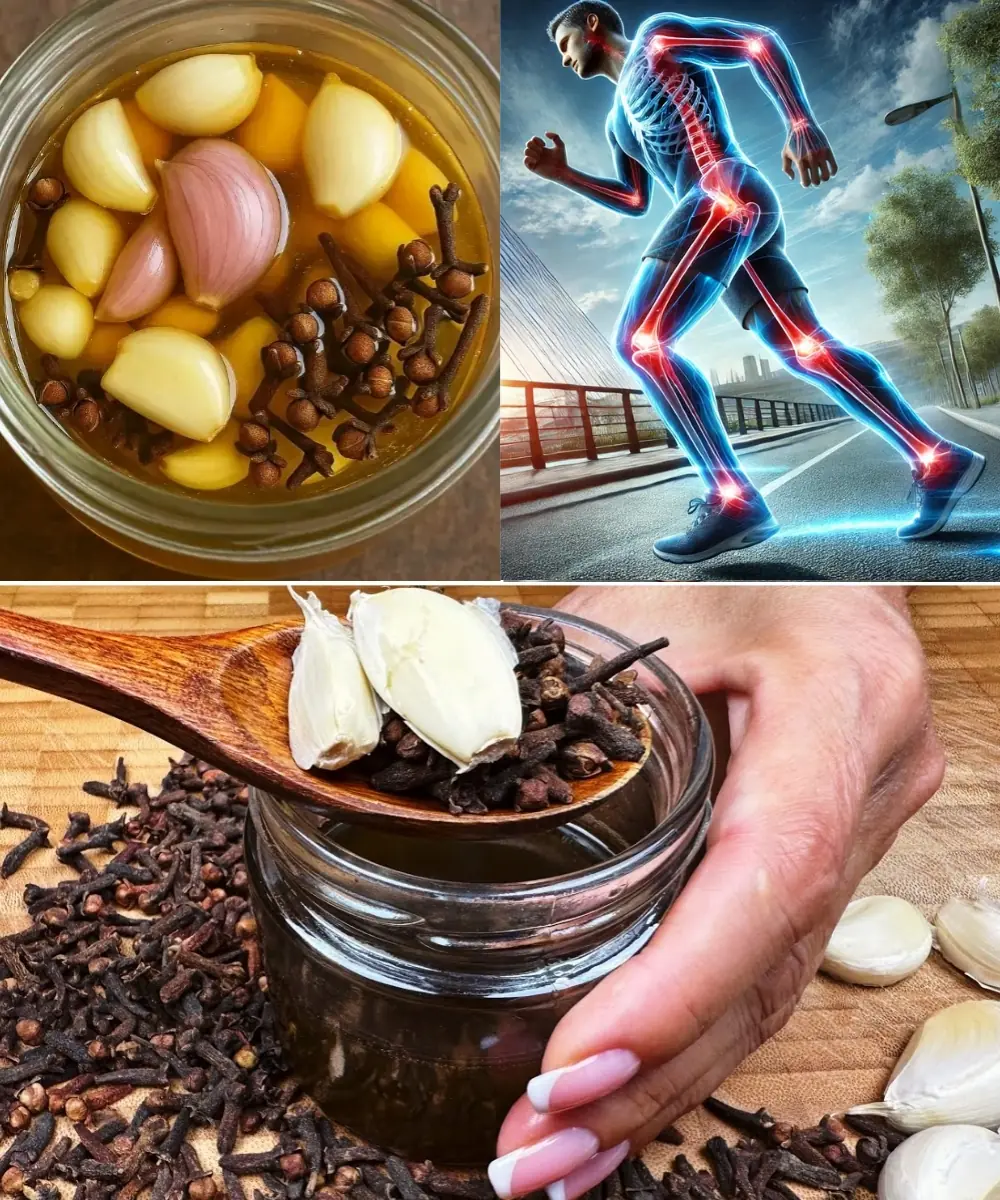
Garlic, Honey, and Cloves – A Powerful Natural Remedy Packed with Health Benefits
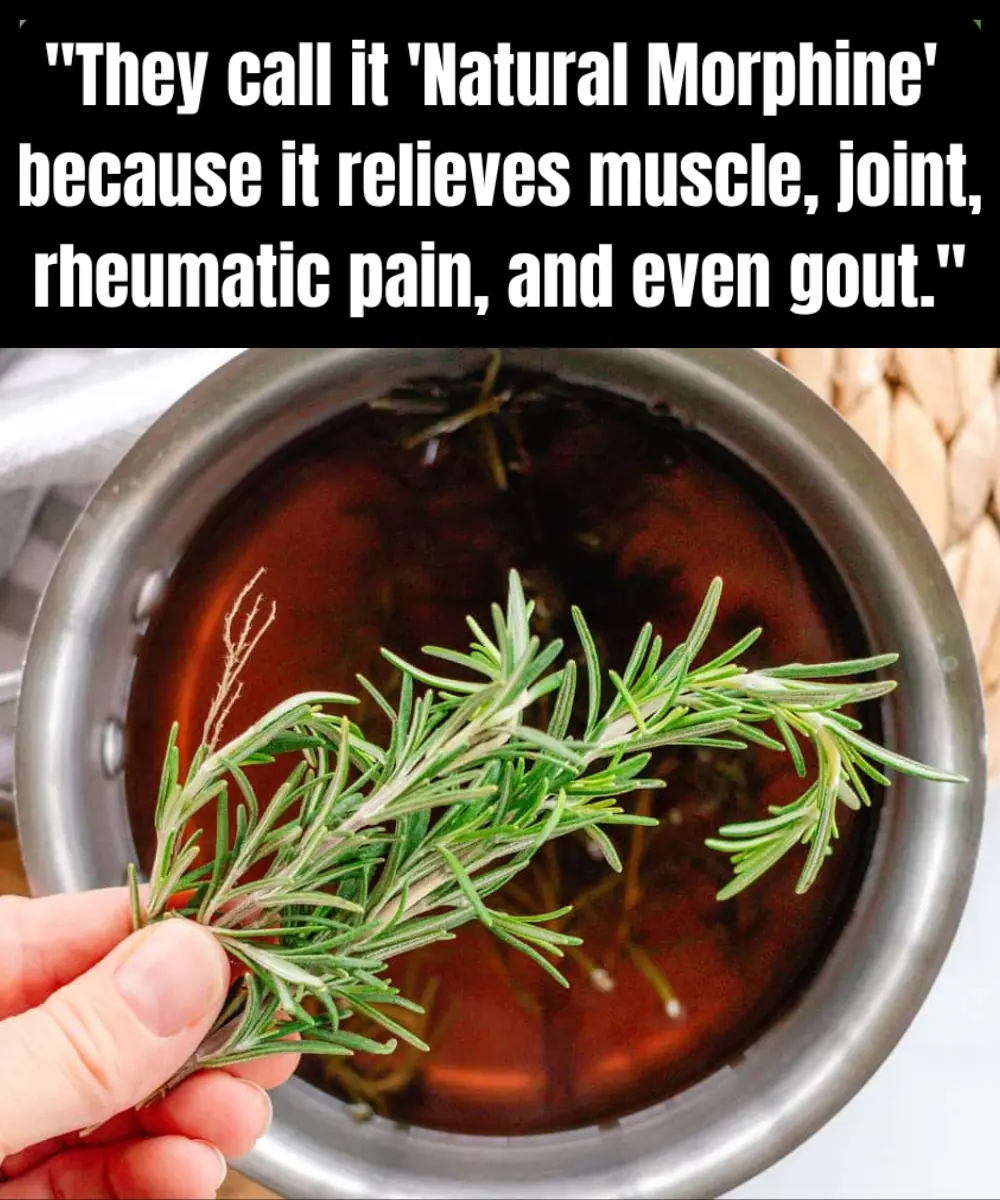
Discover the Power of Rosemary: Nature’s Morphine in Your Home
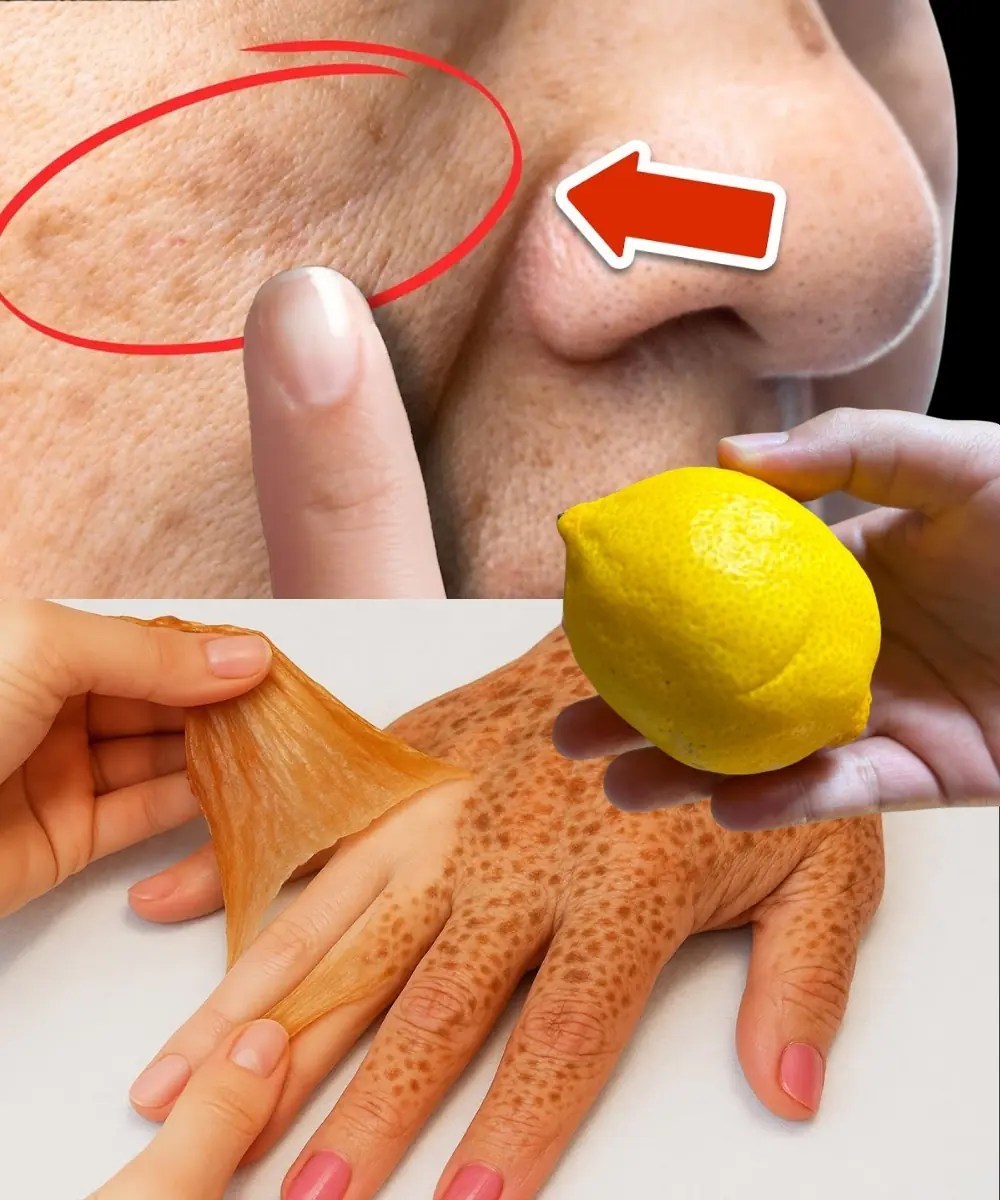
How to Remove Age Spots Naturally with Lemon Juice
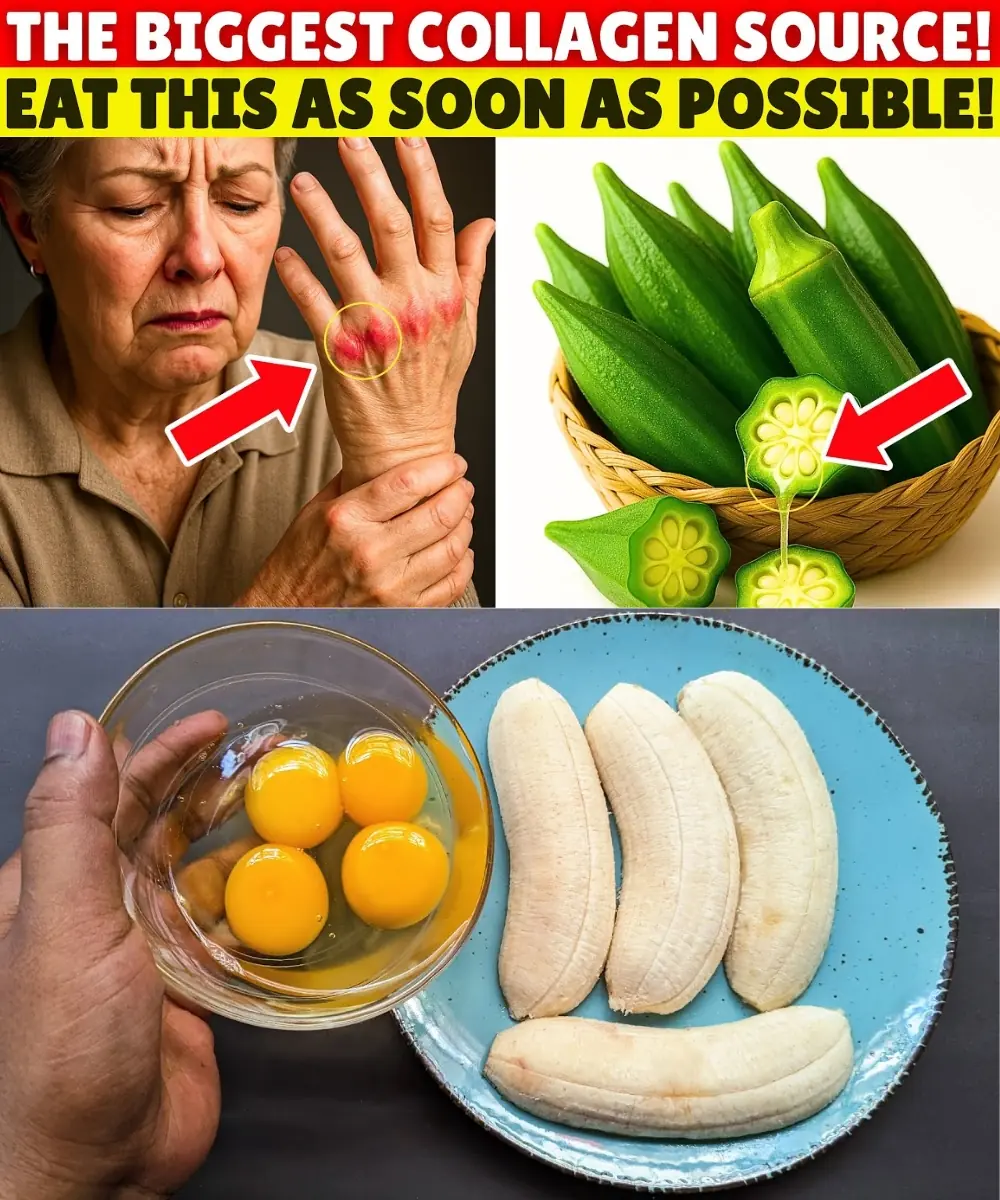
Top 15 Natural Collagen-Boosting Foods That Rebuild Skin, Joints, and Bones Fast
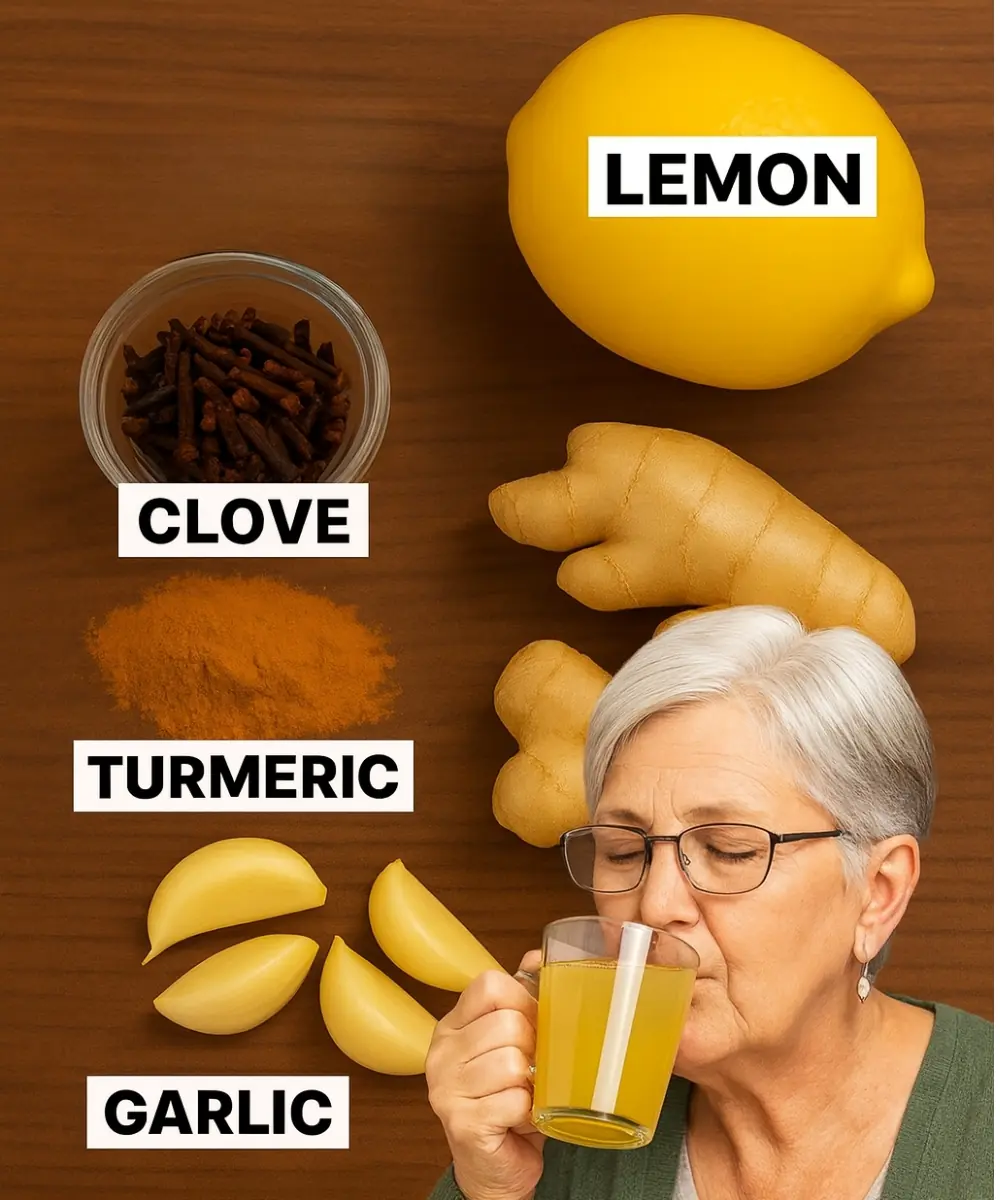
The 5-Ingredient Tea Revolution: Why Every Woman Needs This Daily Elixir
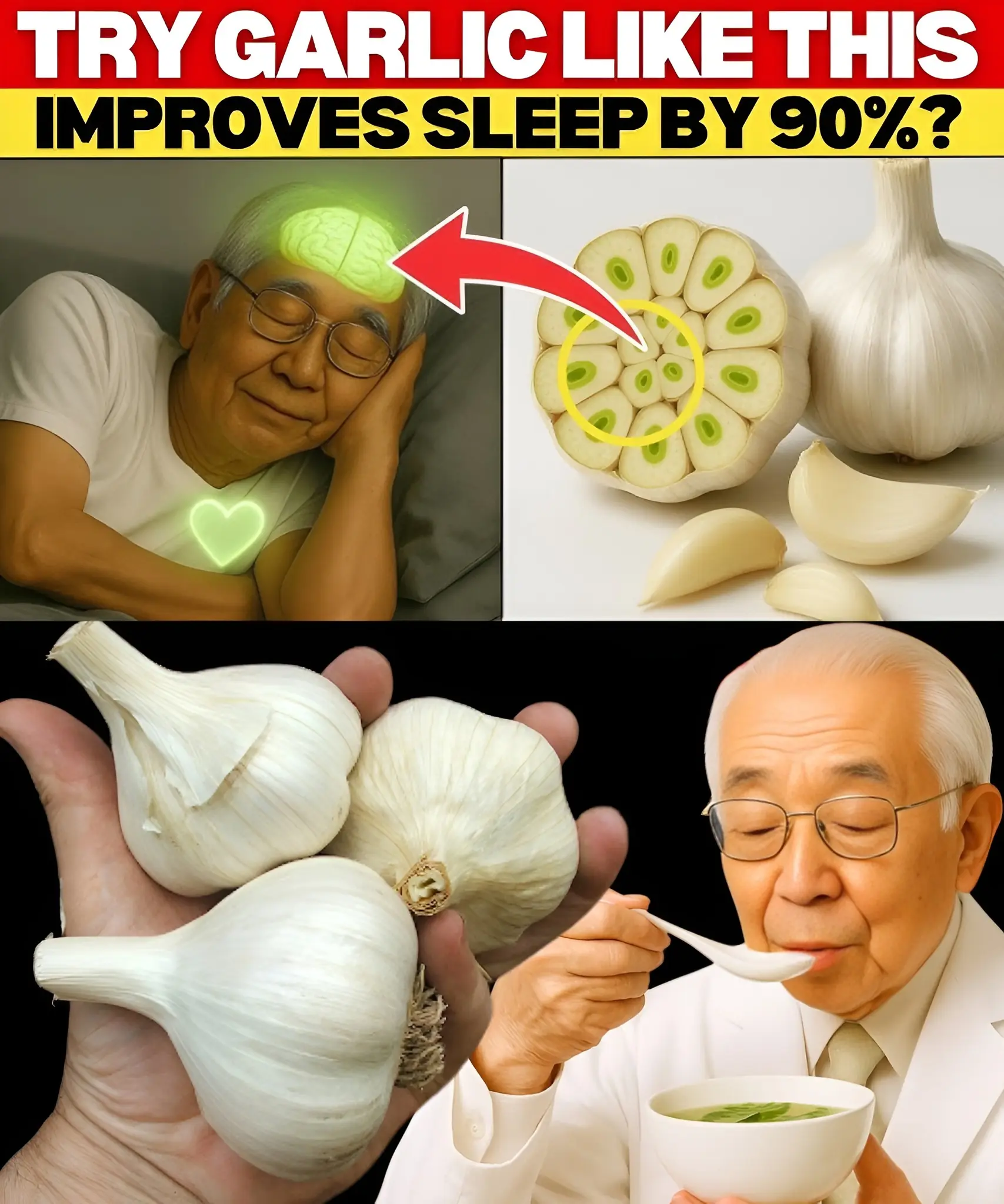
The Japanese Garlic Ritual That Improves Sleep Naturally
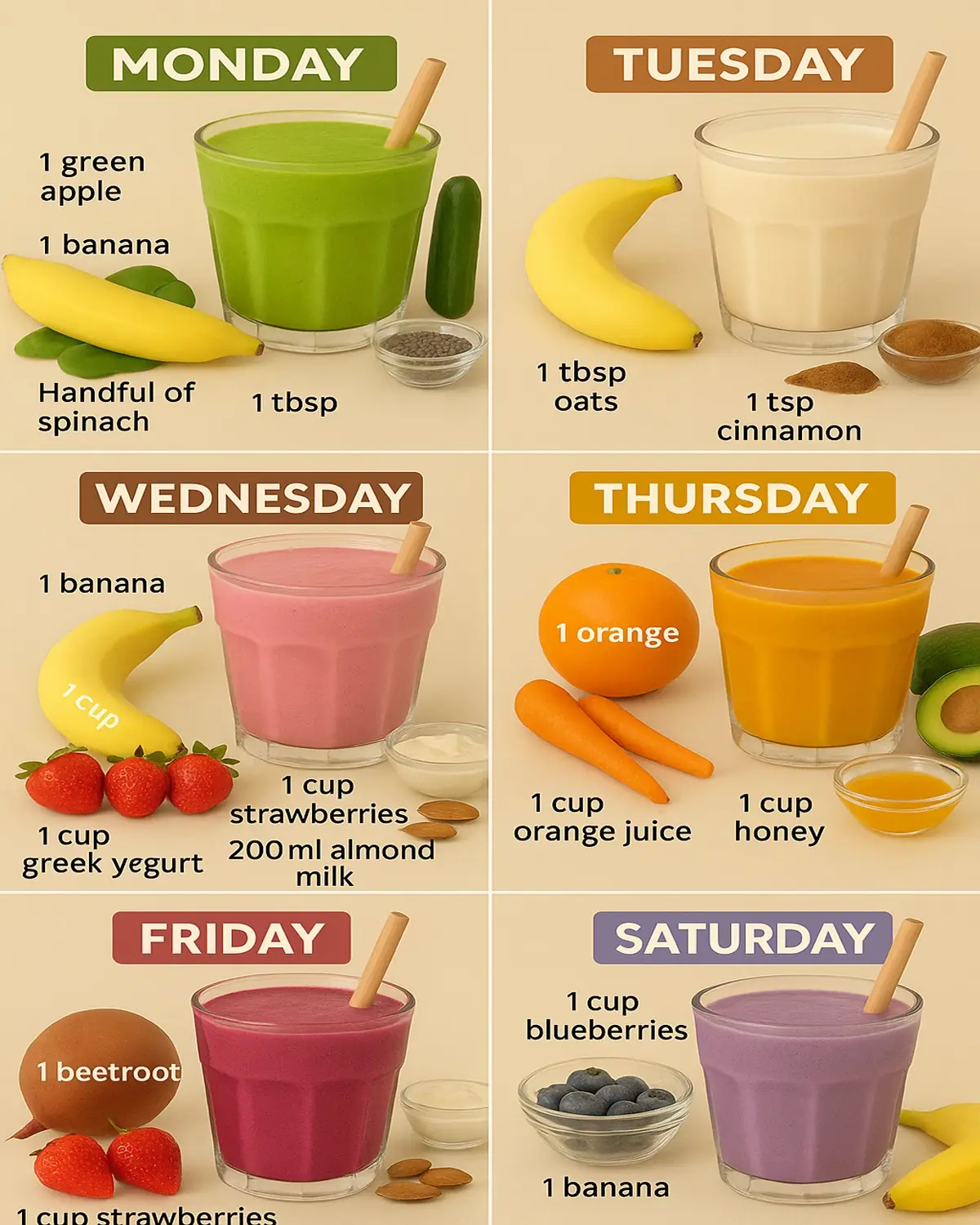
7 Vibrant Smoothie Recipes for Every Day
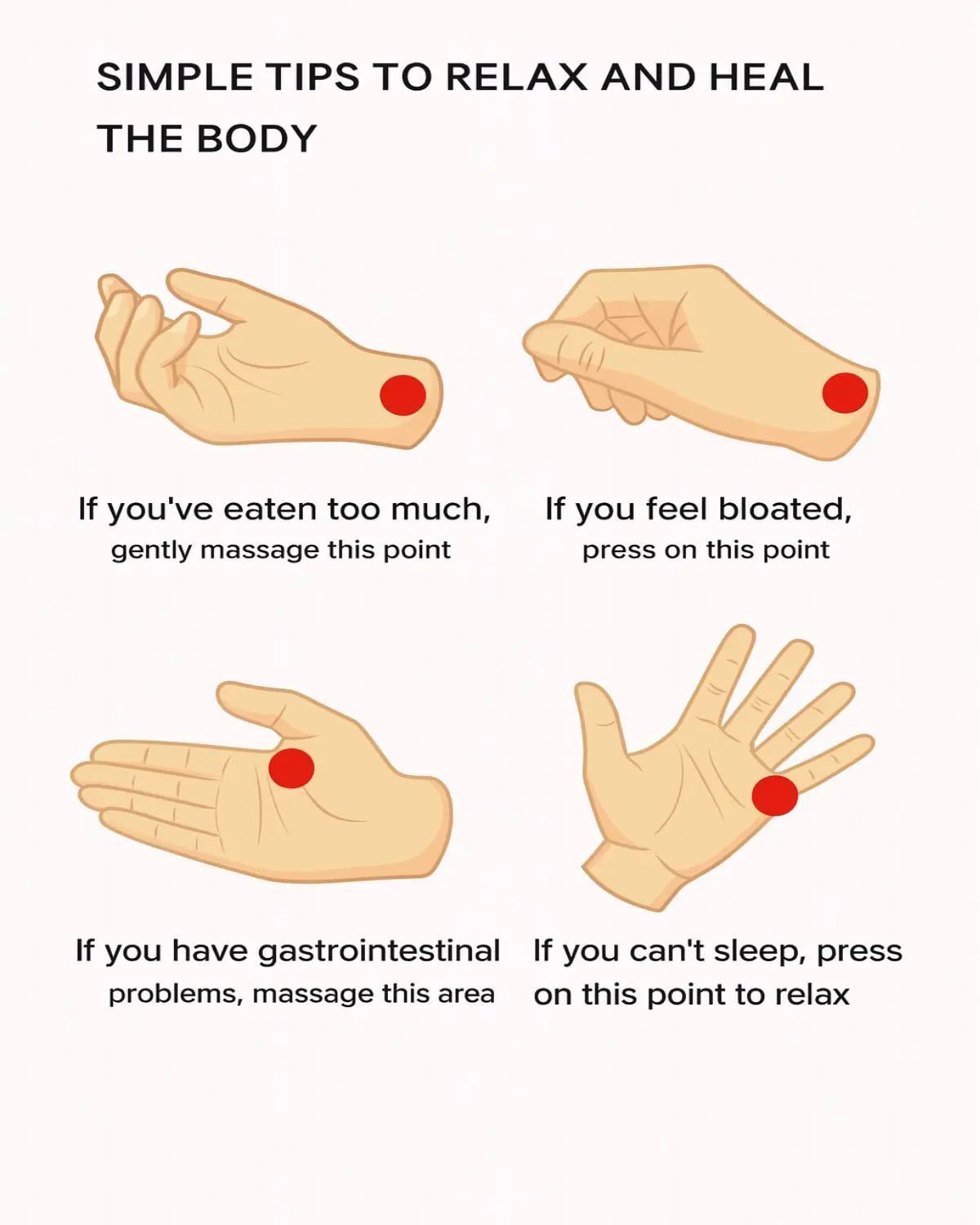
Simple Hand Acupressure Tips for Overeating, Bloating, Digestion, and Insomnia Relief
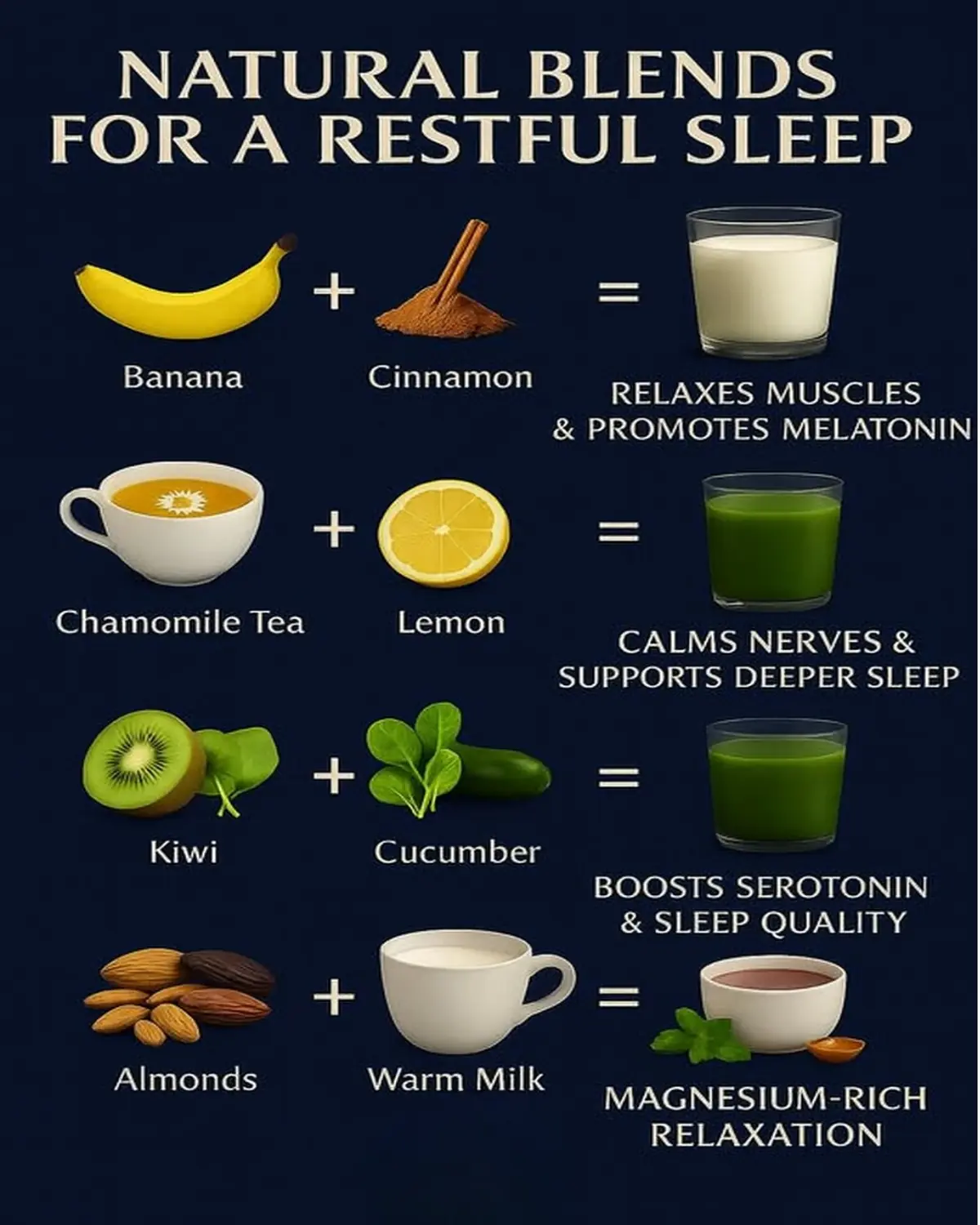
Natural Blends for Restful Sleep You Need to Know
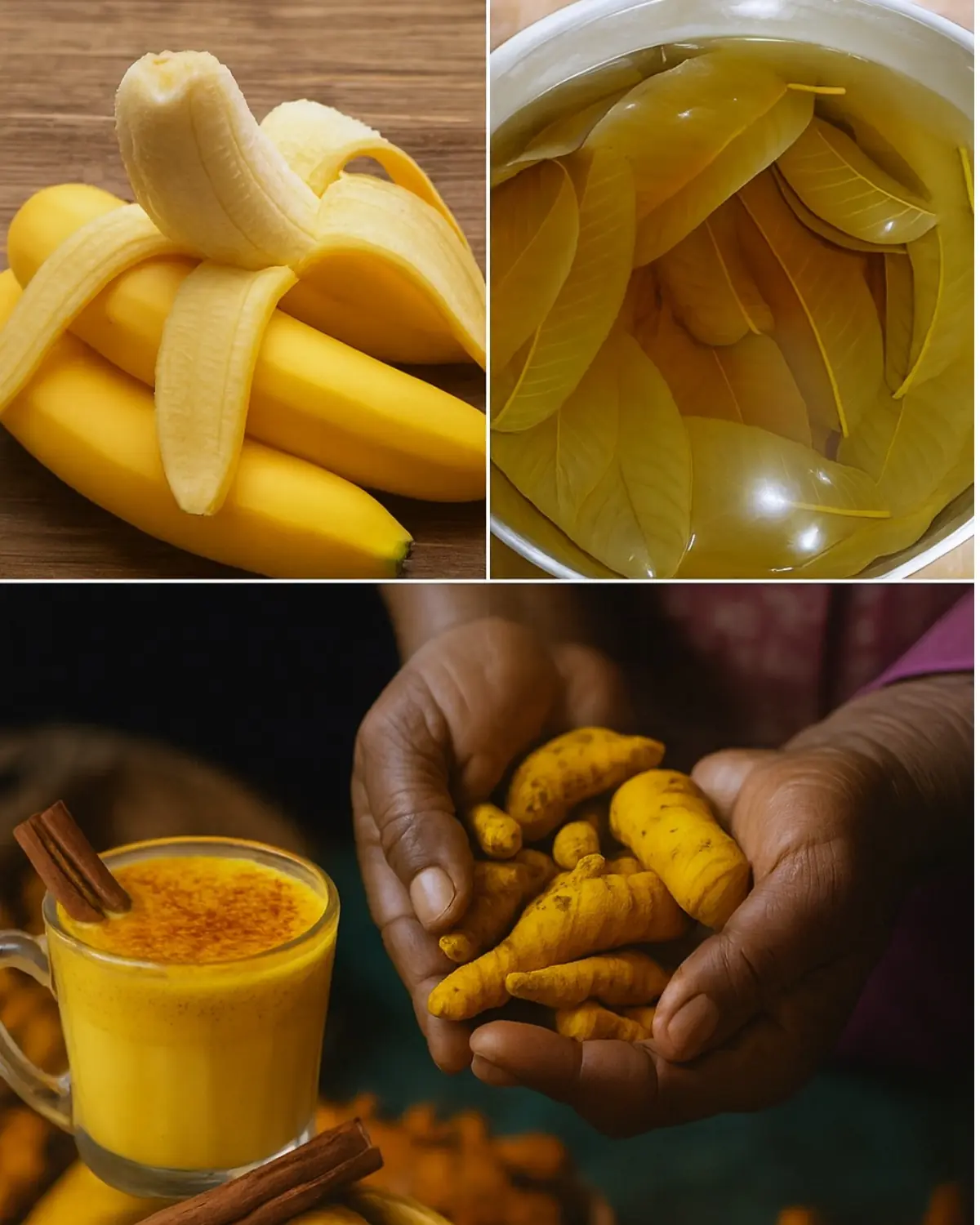
Sip Your Way to Sunshine with Bananas and Turmeric

A Natural Tea That May Support Your Wellness Journey

Fresh Carrot, Orange, Ginger, and Lime Juice: A Vision-Boosting Elixir
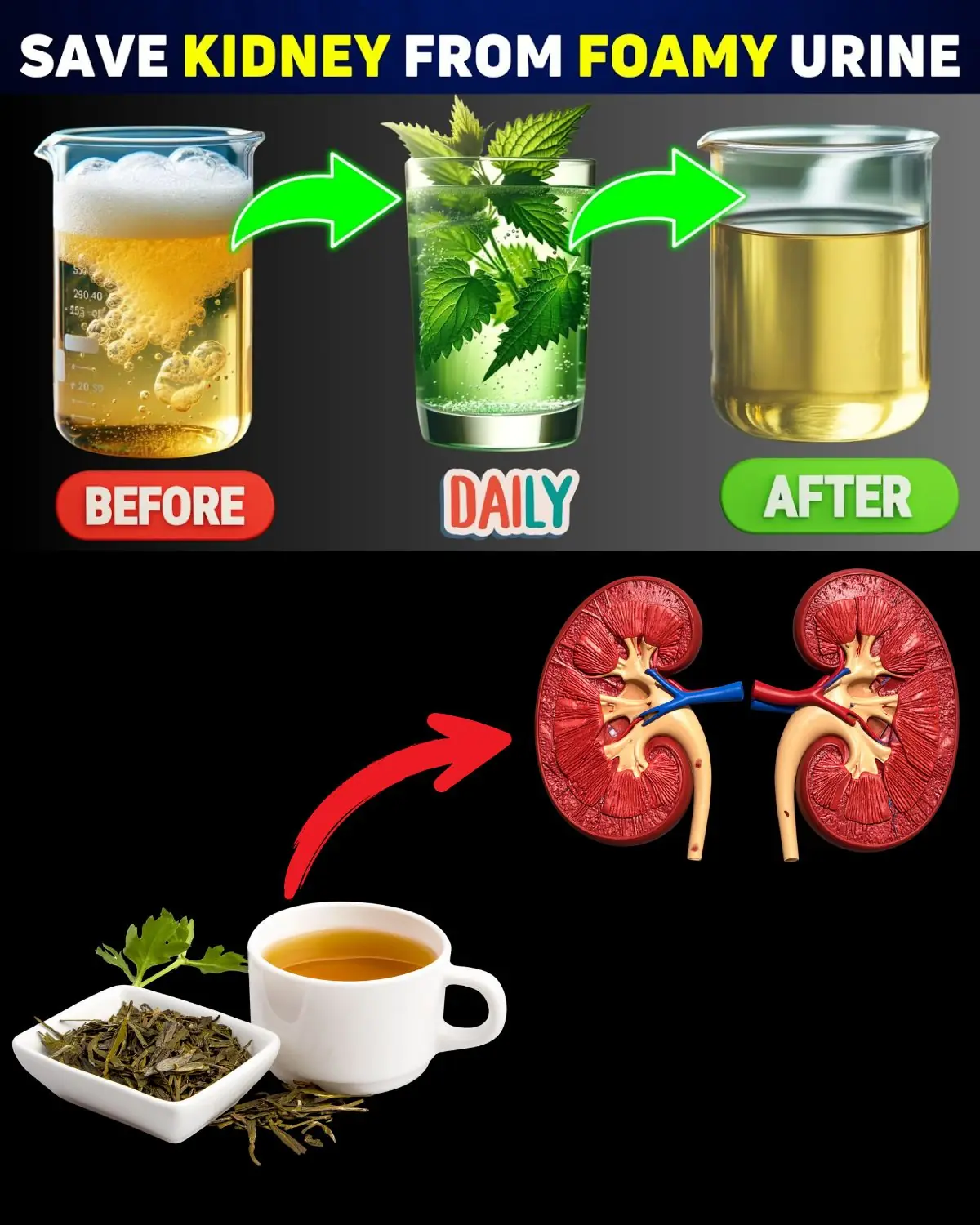
Top 10 Super Drinks That May Help Reduce Proteinuria and Support Kidney Health
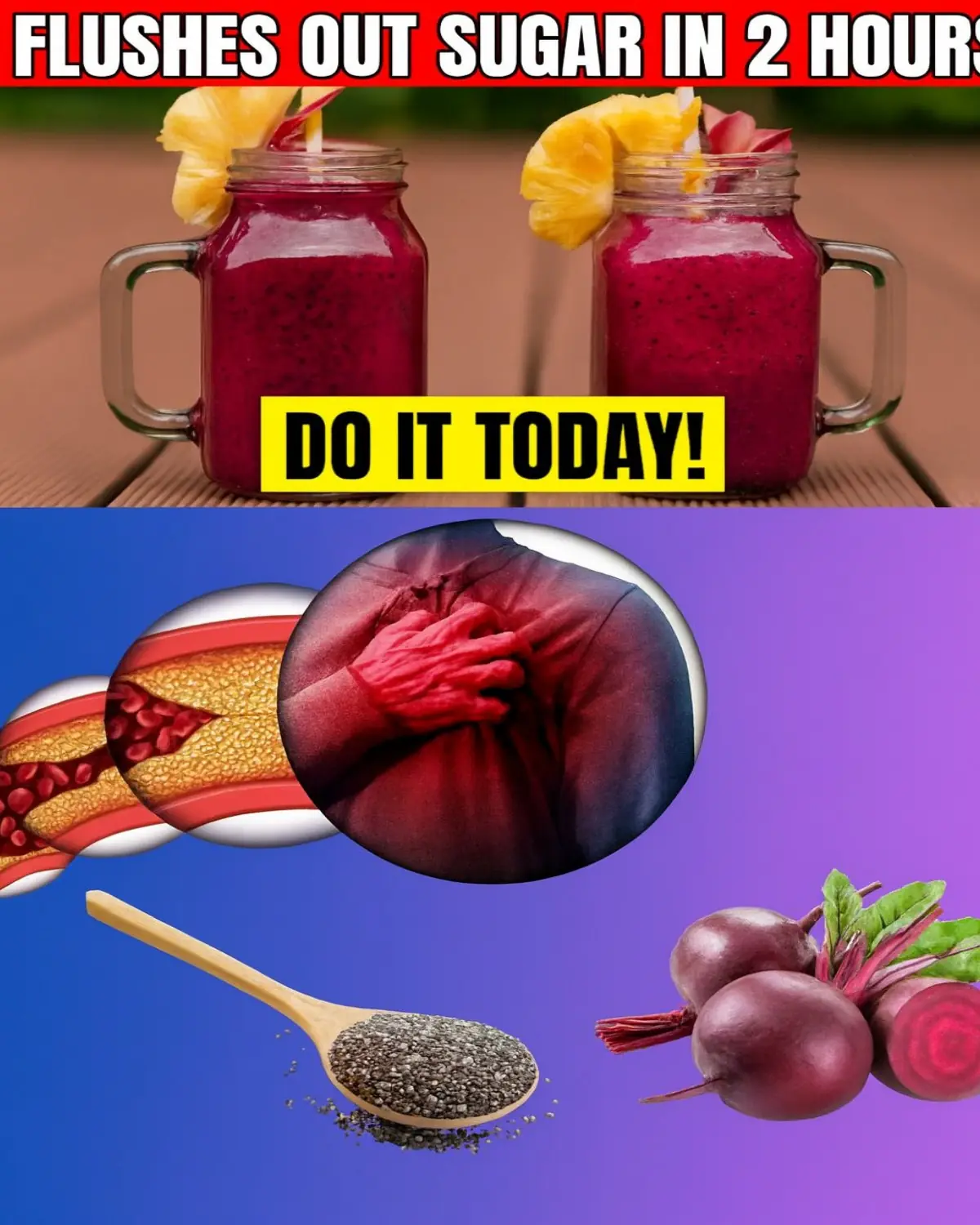
A Simple 2-Ingredient Drink to Support Your Health
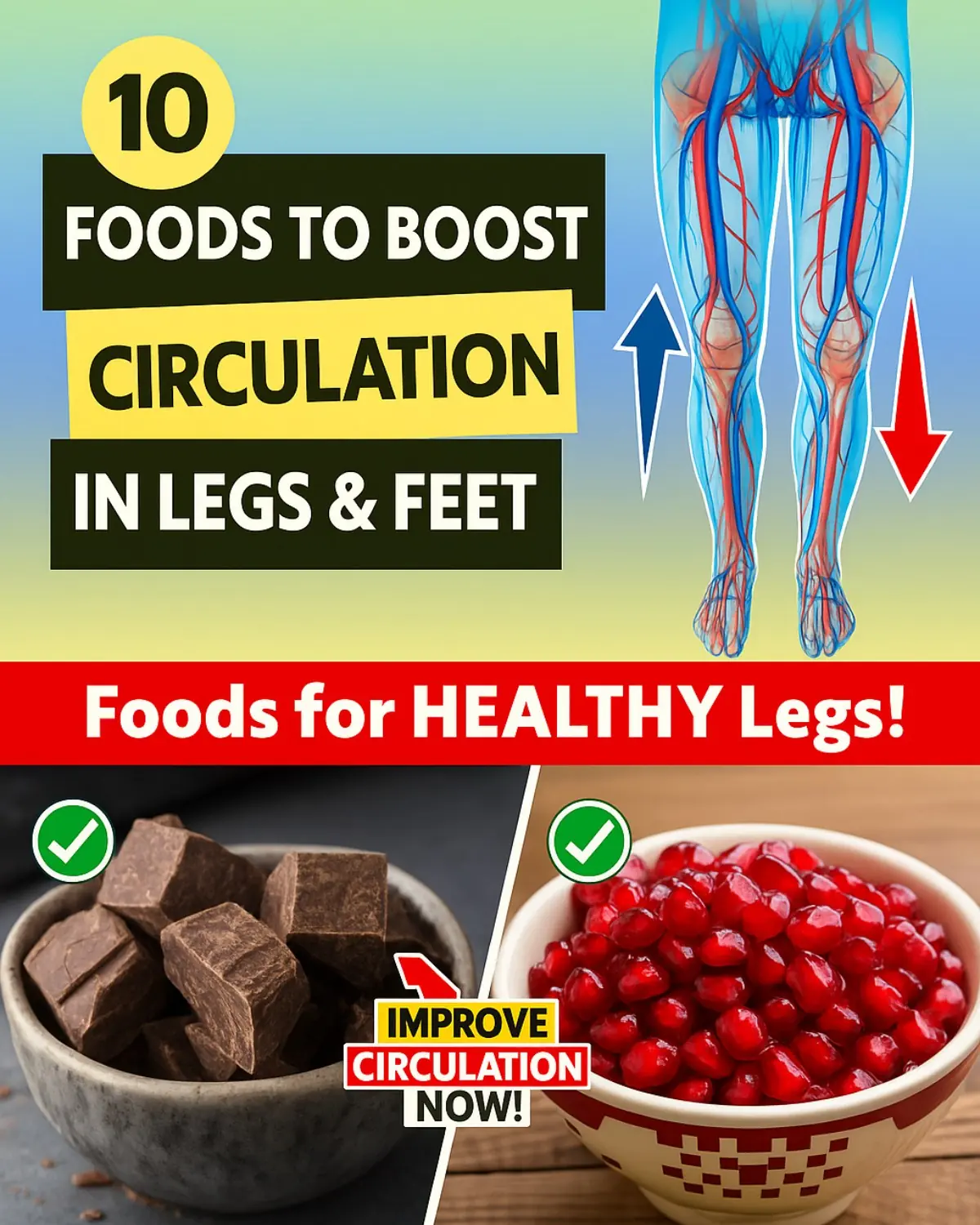
10 Foods to Boost Circulation in Your Legs and Feet
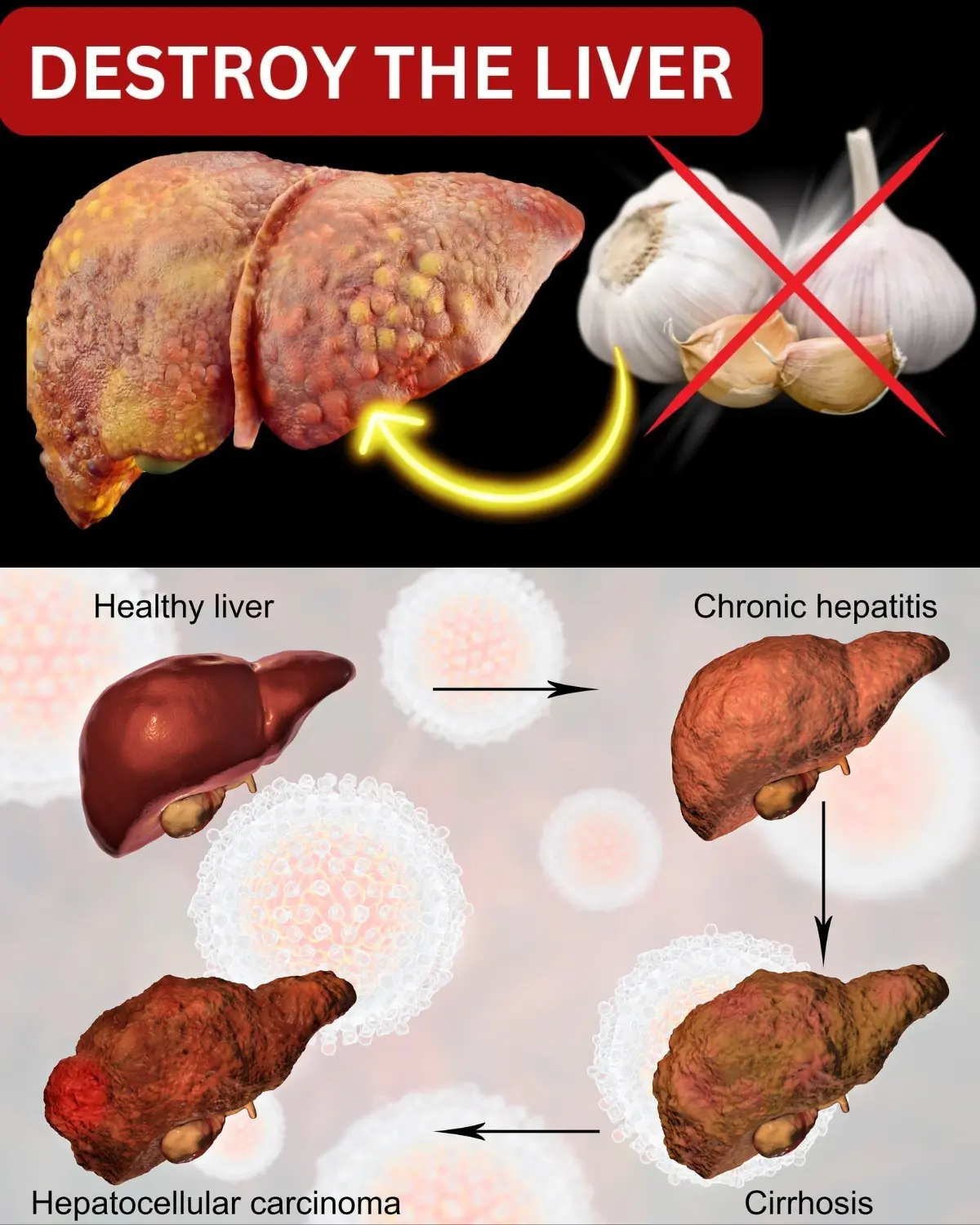
Top 5 Foods That Can DAMAGE Your Liver Forever!
